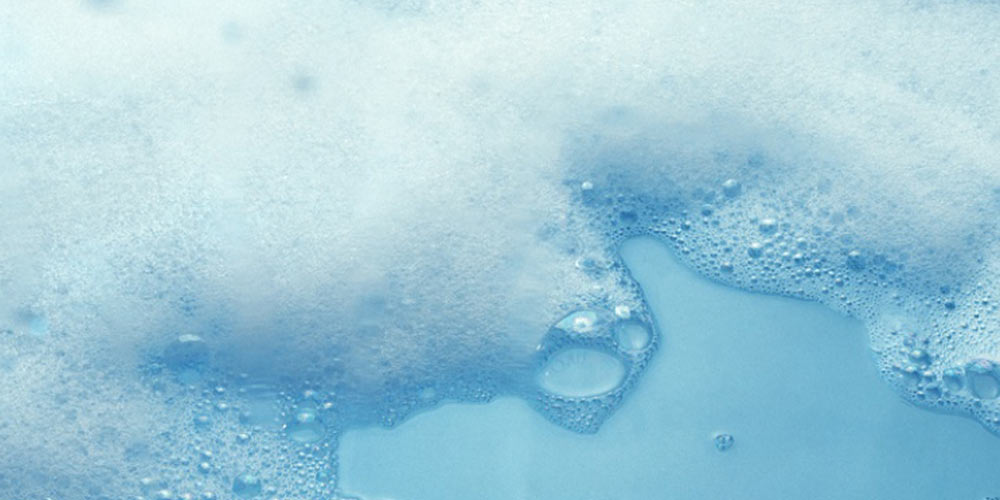The Role of Defoamers in Enhancing Item High Quality and Performance
In various making processes, the visibility of foam can substantially impede item high quality and operational performance. Defoamers function as essential ingredients that reduce this concern, making sure smoother production operations while boosting the aesthetic and useful attributes of the end products (defoamers). Their application covers a multitude of sectors, from food and beverage to drugs, where uniformity and reliability are paramount. The selection of the suitable defoamer can be essential to accomplishing optimum results, elevating essential inquiries regarding solution compatibility and efficiency metrics that warrant additional expedition.
Recognizing Defoamers
Recognizing the duty of defoamers is essential for maintaining product quality across various industries. Defoamers are chemical ingredients designed to prevent the formation and reduce of foam in liquid systems, which can adversely affect processes such as mixing, filling, and surface tension. Foaming can result in ineffectiveness, item defects, and jeopardized visual allure, making defoamers an essential component in producing procedures.
In commercial applications, defoamers help to boost product uniformity and stability. The reliable usage of defoamers not only guarantees smoother manufacturing procedures but also adds to remarkable product efficiency.
Additionally, the selection and formulation of a defoamer need to straighten with details application requirements, such as compatibility with other active ingredients, effectiveness under varying temperature and pH conditions, and possible regulatory restraints. Eventually, comprehending defoamers' features and their value in various formulas is important for optimizing manufacturing and making sure the finest quality end products.
Kinds Of Defoamers
Defoamers can be classified into numerous types based on their make-up and system of activity. The main kinds include silicone-based, non-silicone natural, and inorganic defoamers.
Silicone-based defoamers are among one of the most effective, largely as a result of their capability to spread out swiftly on the liquid surface area and disrupt foam development. Their special chemical framework enables exceptional stability, making them appropriate for high-temperature applications and atmospheres with differing pH levels.
Non-silicone organic defoamers, frequently made up of fatty acids or natural oils, are valued for their biodegradability and lower poisoning. These are typically utilized in food and beverage applications where safety and ecological effect are extremely important.
Not natural defoamers, which consist of materials like talc or calcium carbonate, act by enhancing the thickness of the fluid, consequently decreasing foam stability. They are usually made use of in commercial processes where compatibility with other products is not an issue.
Each kind of defoamer has distinctive advantages and restrictions, permitting for tailored remedies depending on the particular frothing issues run into in different applications. Recognizing these distinctions is essential for enhancing performance and accomplishing desired product quality.
Applications Throughout Industries
Numerous industries take advantage of defoamers to improve item quality and functional effectiveness. In the food and beverage field, defoamers are important in processes such as developing and milk manufacturing to protect against foam development, which can cause ineffectiveness and item variance. By regulating foam, producers can guarantee much better return and a much more consistent item.
In the pharmaceutical sector, defoamers play a vital role in the formulation of fluid medicines, where too much foam can hinder mixing and accurate application. Their usage helps preserve the stability of the solutions and facilitates smoother manufacturing procedures.
The paint and finishings industry also relies upon defoamers to boost the performance of products throughout application. By minimizing foam, these additives make certain a smoother coating and boost the visual qualities of the end product.

Benefits of Making Use Of Defoamers
While the application of defoamers differs across sectors, their benefits regularly boost product quality and procedure effectiveness. One significant advantage is the decrease of foam development throughout manufacturing processes, which can otherwise lead to production hold-ups and incongruities in product high quality. By minimizing foam, defoamers enable a smoother flow of products, helping with a lot more reliable procedures and reducing the likelihood of devices breakdowns.
Additionally, making use of defoamers can boost the look and structure of end products. In sectors such as coatings, paints, and food processing, excessive foam can compromise the aesthetic aesthetic appeals and overall top quality, while the ideal defoamer application ensures an uniform finish and preferable features. Defoamers can contribute to set you back savings by lowering waste during production and enhancing the use of raw products.

Selecting the Right Defoamer
Choosing the best defoamer is vital for maximizing manufacturing processes and making sure item quality. The option of defoamer affects not just the efficiency of foam control but likewise the general performance qualities of the end product. Variables to take into consideration consist of the kind of application, the chemistry of the formulation, and the environmental problems under which the item will be used.
Different sectors might need particular defoamer types, such as silicone-based, natural, or polymeric defoamers. Recognizing the compatibility of see this the defoamer with the main ingredients is vital to avoid damaging responses that might compromise item stability. Additionally, the defoamer's effectiveness in numerous temperature levels and pH levels must be evaluated to make certain constant performance.
Checking the defoamer in small-scale applications can supply important insights into its efficiency and viability. Consideration of regulative compliance, specifically in food, drugs, and cosmetics, is critical in selecting a defoamer. Inevitably, a detailed evaluation of these variables will result in the option of a defoamer that not only controls foam successfully but also improves the top quality and performance of the end product.
Verdict

In conclusion, defoamers are vital additives that substantially boost item top quality and efficiency throughout different markets. The tactical selection and application of defoamers lead to set you back financial savings, enhanced source usage, and enhanced customer satisfaction.
Foaming can lead to inefficiencies, item defects, and compromised visual charm, making defoamers my explanation an important component in manufacturing procedures.
